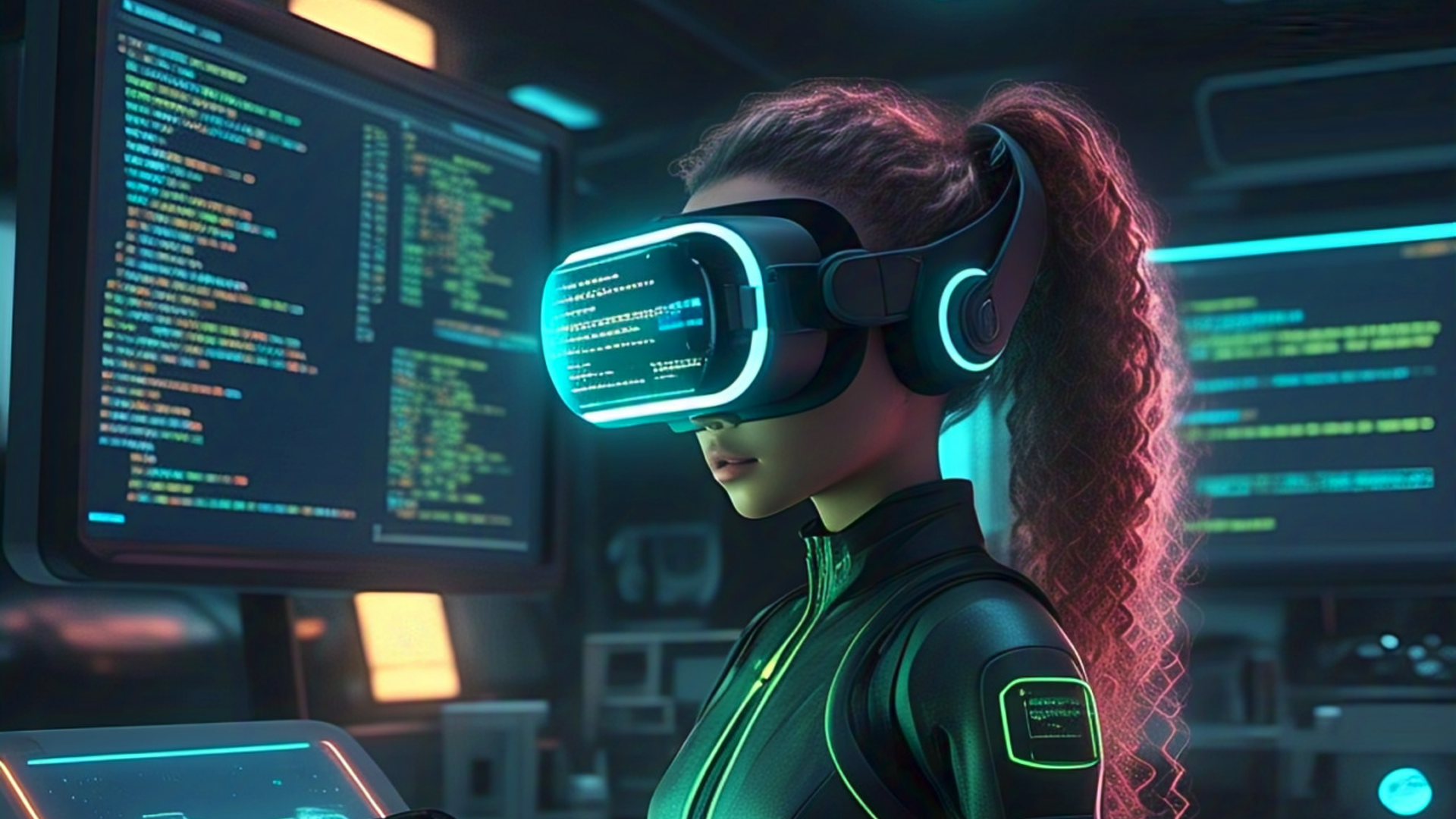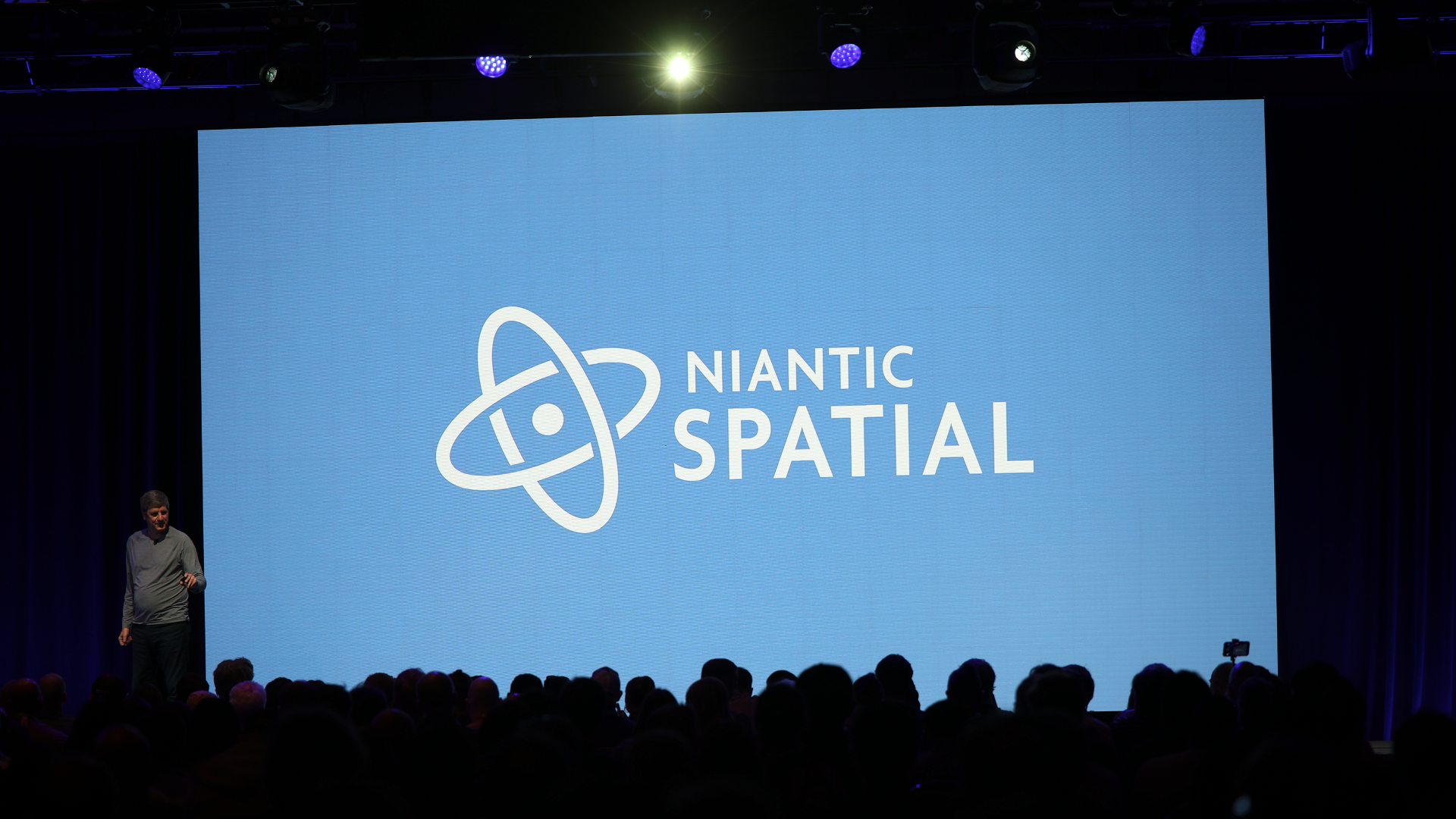Welcome back to AWE Talks, our series that revisits the best AWE conference sessions. With a fresh batch of footage from AWE EU 2024, we have a treasure trove of on-stage insights to dive into.
We continue the action this week with a look at best practices in VR design and deployment. It often involves asking seemingly obvious but oft-missed question of who the experience is for... then designing toward that end.
See the summarized takeaways below, along with the full session video. Stay tuned for more video highlights each week and check out the full library of conference sessions on AWE’s YouTube Channel.
Speakers
David Gochfeld, L3A UX Studio
Lisa Lokshina, the Royal Central School of Speech and Drama
Speakers
David Gochfeld, L3A UX Studio
Lisa Lokshina, the Royal Central School of Speech and Drama
Key Takeaways & Analysis
– In all the discussion and mindshare around VR, we rarely ask who it's for.
– That question applies generally and with specific devices & experiences.
– Yet it's often not considered enough in experience design.
– Developers will often develop for themselves or other tech-savvy personas.
– But taking a step back to examine different types of users can steer UX design.
– There are resources for this already, such as Meta's human interface guidelines.
– Taking that a step further, there is a set of principles that can be applied.
– First, embrace design thinking in building any VR experience.
– This proven methodology involves examining deeper levels of context.
– It's also smart to study the systems around the product to avoid "pilot purgatory."
– For example, examine things like training, maintenance, and device management.
– Thirdly, safeguard users from things like discomfort or jarring experiences.
– It's also important to "do your homework" including things like past UX mistakes.
– Lastly, diversify content, which can be achieved through more diverse creators.
– Once these tactics are followed, VR can get closer to satisfying users at scale.
For more color, see the full video below...
Want more XR insights and multimedia? ARtillery Intelligence offers an indexed and searchable library of XR intelligence known as ARtillery Pro. See more here.



